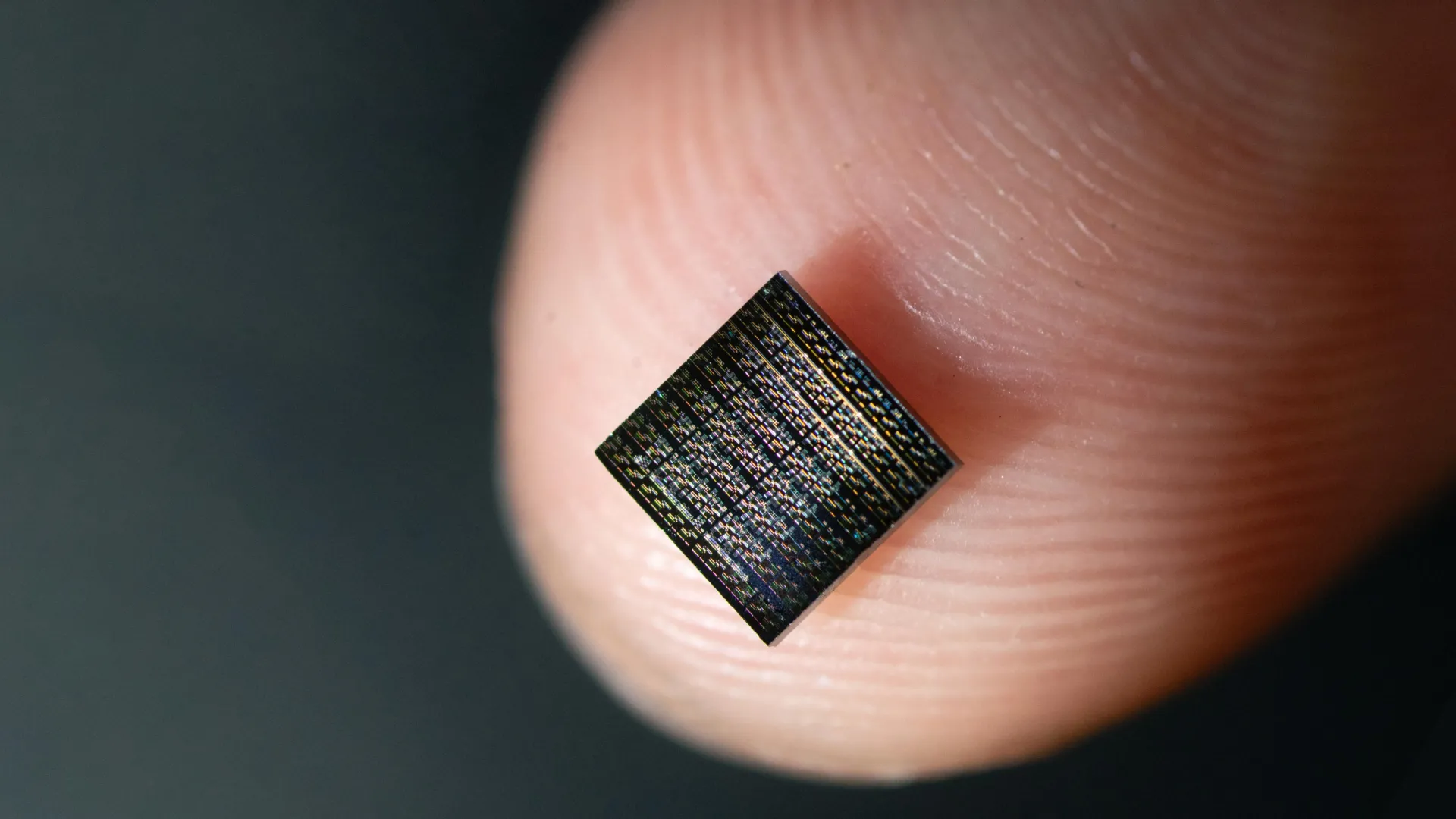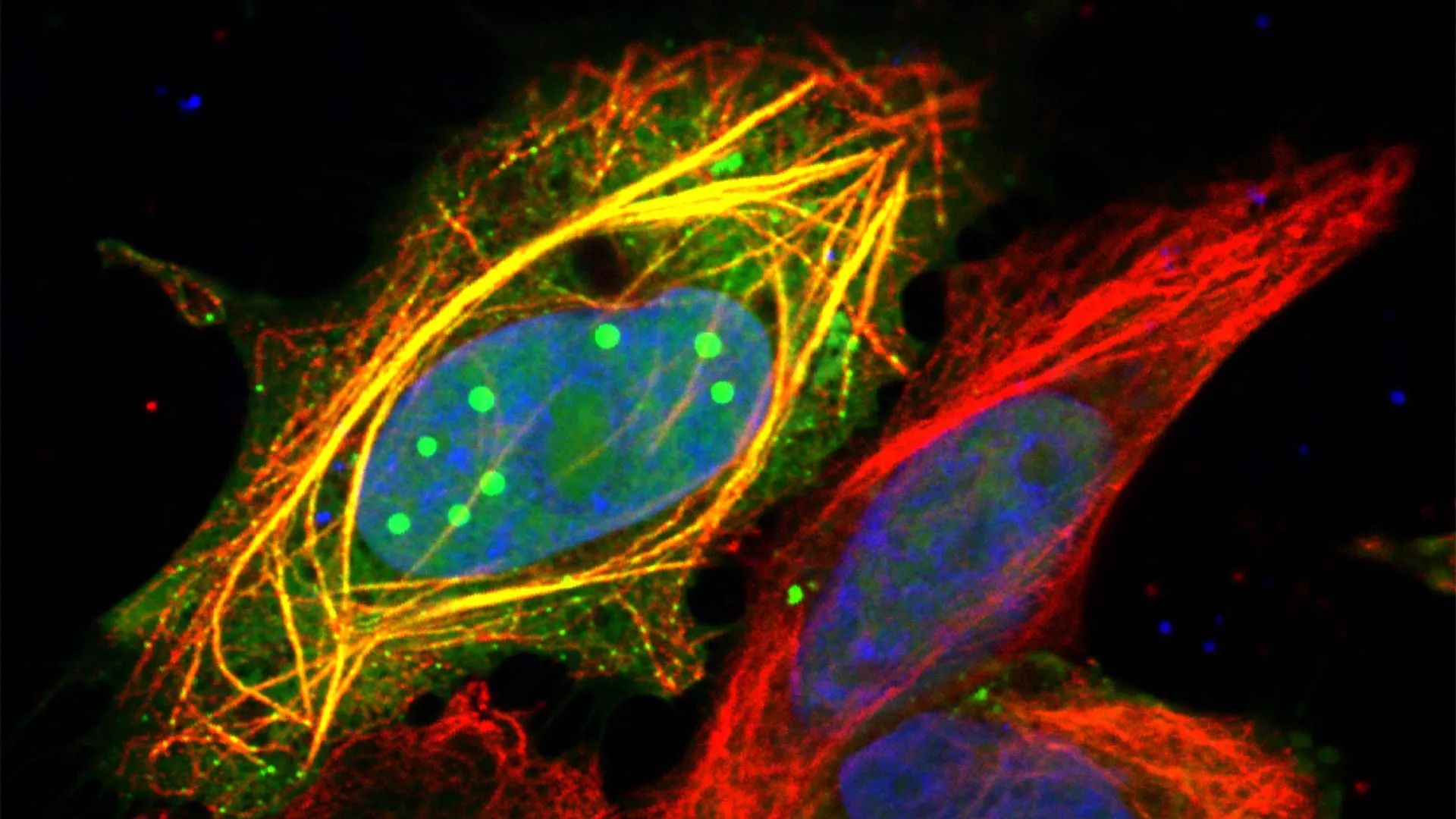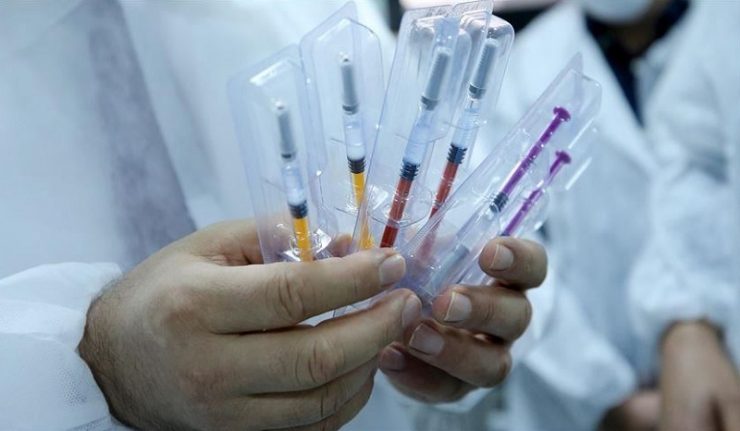PROTECT YOUR DNA WITH QUANTUM TECHNOLOGY
Orgo-Life the new way to the future Advertising by AdpathwayA team of scientists led by Dr. Kee Young Koo from the Hydrogen Research Department at the Korea Institute of Energy Research (President Yi Chang-Keun, hereafter referred to as KIER) has created a world-leading catalyst capable of transforming carbon dioxide, a major greenhouse gas, into an essential ingredient for producing eco-friendly fuels.
The reverse water-gas shift (RWGS) reaction is a chemical process that converts carbon dioxide (CO2) into carbon monoxide (CO) and water (H2O) by reacting it with hydrogen (H2) in a reactor. The resulting carbon monoxide can then be combined with hydrogen to make syngas, a fundamental building block used to produce synthetic fuels such as e-fuels* and methanol. Because of its ability to recycle CO2 into usable fuel components, the RWGS reaction is seen as a promising pathway for advancing sustainable energy production.
Overcoming the Limits of Conventional Catalysts
Traditionally, the RWGS reaction operates best at temperatures above 800 °C. Nickel-based catalysts are often used because they can withstand such heat, but they lose performance over time as particles clump together, reducing surface area and efficiency. Operating at lower temperatures avoids this problem, but it also leads to the formation of unwanted byproducts such as methane, lowering carbon monoxide output.
To make the process more efficient and affordable, researchers have been searching for catalysts that remain highly active under low-temperature conditions. The KIER team succeeded by developing a new copper-based catalyst that delivers outstanding results at just 400 °C.
A Breakthrough in Copper Catalyst Design
The newly engineered copper-magnesium-iron mixed oxide catalyst outperformed commercial copper catalysts, producing carbon monoxide 1.7 times faster and with a 1.5 times higher yield at 400 °C.
Copper catalysts have a key advantage over nickel: they can selectively produce only carbon monoxide at temperatures below 400 °C without forming methane. However, copper's thermal stability typically weakens near that temperature, leading to particle agglomeration and loss of activity.
To solve this challenge, Dr. Koo's team incorporated a layered double hydroxide (LDH) structure into their design. This layered structure contains thin metal sheets with water molecules and anions between them. By adjusting the ratio and type of metal ions, the researchers fine-tuned the catalyst's physical and chemical characteristics. Adding iron and magnesium helped fill the gaps between copper particles, effectively preventing clumping and improving heat resistance.
Real-time infrared analysis and reaction testing revealed why the new catalyst performs so well. Conventional copper catalysts convert CO2 into carbon monoxide through intermediate compounds called formates. The new material, however, bypasses these intermediates entirely, converting CO2 directly into CO on its surface. Because it avoids side reactions that produce methane or other byproducts, the catalyst maintains high activity even at a relatively low temperature of 400 °C.
Record Performance and Global Significance
At 400 °C, the catalyst achieved a carbon monoxide yield of 33.4% and a formation rate of 223.7 micromoles per gram of catalyst per second (μmol·gcat⁻¹·s⁻¹), maintaining stability for over 100 continuous hours. These results represent a 1.7-fold higher formation rate and a 1.5-fold higher yield than standard copper catalysts. When compared to platinum-based catalysts, which are costly but highly active, the new catalyst still outperformed them with a 2.2-fold faster formation rate and a 1.8-fold higher yield. This places it among the top-performing CO2 conversion catalysts in the world.
"The low-temperature CO2 hydrogenation catalyst technology is a breakthrough achievement that enables the efficient production of carbon monoxide using inexpensive and abundant metals," said Dr. Kee Young Koo, the project's lead researcher. "It can be directly applied to the production of key feedstocks for sustainable synthetic fuels. Moving forward, we will continue our research to expand its application to real industrial settings, thereby contributing to the realization of carbon neutrality and the commercialization of sustainable synthetic fuel production technologies."
Notes
* E-Fuels are synthetic fuels produced by combining green hydrogen, generated with renewable electricity, and captured CO2 from the atmosphere or sustainable biomass. They are emerging as a promising alternative to conventional fossil fuels, especially for hard-to-decarbonize sectors such as aviation and shipping.
The research findings were published online in May 2025 in Applied Catalysis B: Environmental and Energy, a leading journal in the field of energy and environmental catalysis. The study was supported by the KIER's R&D project, 'Development of e-SAF (sustainable aviation fuel) production technology from carbon dioxide and hydrogen.


 8 hours ago
3
8 hours ago
3


















.jpg)






 English (US) ·
English (US) ·  French (CA) ·
French (CA) ·